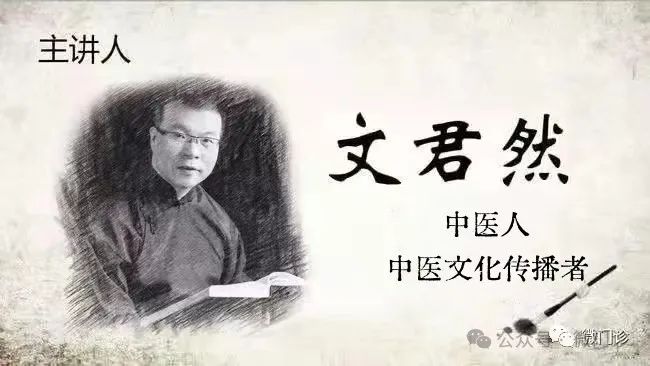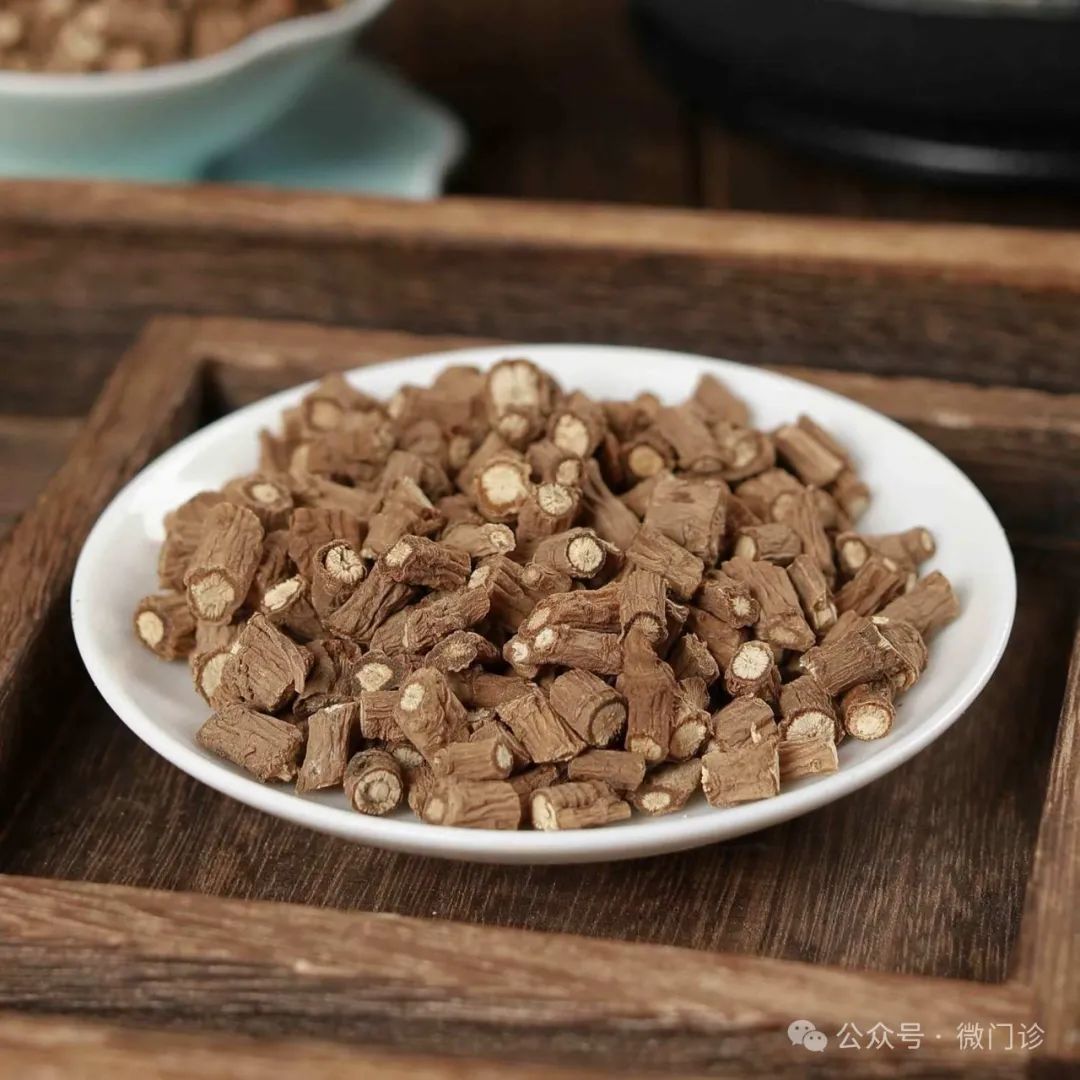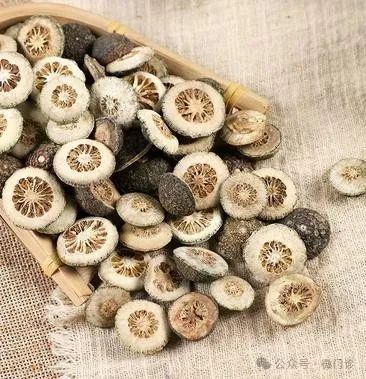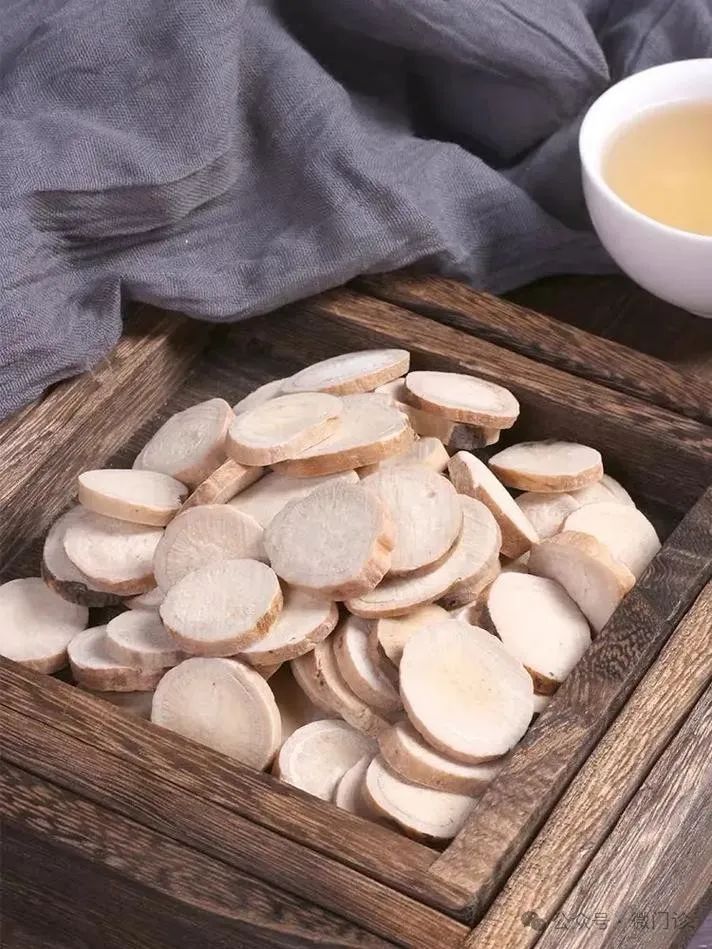
(This article is for learning and reference purposes only. The formulas mentioned should be used under the guidance of a qualified TCM practitioner, and should not be attempted blindly by non-professionals.)The theoretical basis of this article: “Traditional Chinese Medicine Formulas”, “Psychosomatic Medicine in TCM”, “Foundations of TCM”Hello, I am a TCM practitioner, Wen Junran.Some people ask, “Teacher Wen, why do you tirelessly advocate for TCM, writing for many years with little rest?”I want to say that our generation of TCM practitioners has a profound sense of crisis. I am just one of them. Currently, the public knows very little about TCM, yet misunderstands it greatly. People are unclear about the mechanisms of TCM, question its efficacy, and regard the profound cultural heritage behind TCM as feudal superstition and nonsense.If this continues, it would be surprising if TCM does not perish!

Therefore, we must seize every opportunity to promote TCM.Now, I will share a case story. Let us further appreciate the undeniable scientific attributes of TCM.What is it about? It is about depression.There was a woman, 32 years old at the time. She had always been introverted, sensitive, and meticulous, easily troubled by minor issues.Later, she gradually felt a fullness in her chest and sides, often taking deep breaths and sighing to alleviate the discomfort. She also experienced acid reflux. Her menstrual cycle was irregular, and she had slight pain in her lower abdomen.Originally, she was already pessimistic and sensitive. Now, with all these discomforts, she became increasingly unhappy. Gradually, her demeanor changed further; she became expressionless, spoke little, and had diminished sexual desire. When others spoke to her, it was as if she did not hear them. She seemed to live in her own little world, disconnected from the outside.Seeing this situation, her family felt uneasy and insisted on taking her to see a TCM doctor.However, some friends and relatives opposed the idea of seeing a TCM doctor. The reasoning was simple: TCM is just a bunch of nonsense, akin to quackery. If it doesn’t work, it would only delay the patient’s recovery, what then?In response, the patient’s family decided to first consult a reputable TCM doctor to give it a try, and if it didn’t work, they would consider other options.Thus, they sought out the renowned TCM practitioner, Liu Duzhou.Upon examination, the patient’s pulse was deep and wiry, her tongue coating was white, and she was expressionless and silent.After understanding these symptoms, Master Liu prescribed the following:Chai Hu (Bupleurum) 15g, Huang Qin (Scutellaria) 8g, Ban Xia (Pinellia) 14g, Dang Shen (Codonopsis) 10g, Zhi Shi (Bitter Orange) 10g, Bai Shao (White Peony) 12g, Zhi Gan Cao (Honey-fried Licorice) 10g, Sheng Jiang (Fresh Ginger) 10g, Da Zao (Jujube) 7 pieces, Chang Pu (Acorus) 10g, Yu Jin (Curcuma) 10g.All of these were to be decocted in water for oral administration.

What was the result? The patient took less than 10 doses and it was as if she had transformed; she became talkative, expressive, and in good spirits, feeling that all her previous discomfort had vanished.Only upon seeing such results did the patient’s friends and family exclaim: TCM truly treats illnesses; it is not just nonsense.This is the basic course of the medical case. It was first published in Master Liu Duzhou’s clinical case collection and has been widely circulated in the industry.In fact, the patient’s condition is very clear; it is depression. In TCM, this is referred to as “Yuzheng” (depression syndrome). Additionally, she later developed a condition of sexual coldness.How does TCM treat this illness? What basis does TCM have for treating this illness? Is the final effect merely coincidental, or is there a real rationale behind it?For TCM, the root cause of Yuzheng is liver qi stagnation. This is one of the fundamental treatment principles in TCM and a basic understanding of the disease. You see, this patient has an inherently introverted and sensitive personality. Subsequently, she experienced fullness in the chest and sides, and a tendency to sigh. This is a clear manifestation of liver qi stagnation.I tell you, being overly introverted and sensitive is not necessarily a flaw. However, from a TCM perspective, it can easily lead to emotional discomfort. The liver governs emotions and the smooth flow of qi, so such individuals are prone to liver qi stagnation over time. The liver and gallbladder run along the sides, and when qi is stagnant, it causes fullness in the sides. When qi is not flowing smoothly, one tends to sigh as a form of self-rescue.The liver and gallbladder belong to the wood element. When liver qi is stagnant, the liver wood does not flow smoothly, affecting the spleen earth, leading to poor appetite. When liver and gallbladder qi is reversed, it causes acid reflux. The liver meridian runs through the lower abdomen, hence the patient experienced lower abdominal pain. Liver qi stagnation can lead to abnormal accumulation of blood, resulting in irregular menstruation.You see, all of these have their origins.The liver and kidneys are interrelated. When liver wood qi is obstructed, it can affect the upward movement of kidney qi. If kidney qi cannot rise adequately, the patient experiences diminished desire, which manifests as sexual coldness.You see, this is TCM’s understanding of the etiology and pathogenesis of this condition.Next, all TCM treatment methods and herbal selections are constructed upon this understanding.Look at Master Liu’s prescription at that time—Chai Hu (Bupleurum) 15g, Huang Qin (Scutellaria) 8g, Ban Xia (Pinellia) 14g, Dang Shen (Codonopsis) 10g, Zhi Shi (Bitter Orange) 10g, Bai Shao (White Peony) 12g, Zhi Gan Cao (Honey-fried Licorice) 10g, Sheng Jiang (Fresh Ginger) 10g, Da Zao (Jujube) 7 pieces, Chang Pu (Acorus) 10g, Yu Jin (Curcuma) 10g.You see, here we have Chai Hu, Bai Shao, Zhi Shi, and Gan Cao.What is this? It is the classical formula Si Ni San (Four Reverse Powder). It comes from the “Treatise on Cold Damage” and consists of Zhi Gan Cao, Zhi Shi, Chai Hu, and Bai Shao, each 6g, decocted in water. Its function is to release the pathogen, resolve depression, and soothe the liver while regulating the spleen. Not to mention, the term “soothe the liver” is crucial. Chai Hu releases liver qi and resolves depression. Bai Shao nourishes the liver. Zhi Shi moves qi and eliminates fullness, assisting in soothing the liver and resolving depression.You see, this is precisely addressing the issue of liver qi stagnation.

Secondly, look at Chai Hu, Ban Xia, Dang Shen, Gan Cao, Huang Qin, Sheng Jiang, and Da Zao. What is this? It is Xiao Chai Hu Tang (Minor Bupleurum Decoction). What does Xiao Chai Hu Tang do? It harmonizes the Shaoyang. At the same time, it also soothes the liver and resolves depression. Chai Hu soothes liver qi, Huang Qin clears liver heat. Ban Xia, Dang Shen, Sheng Jiang, and Da Zao harmonize the spleen and stomach, ensuring coordination between the liver and spleen.Thus, this is a combined formula of Si Ni San and Xiao Chai Hu Tang. The goal is singular: to soothe the liver. As long as liver qi is unblocked, the patient’s various symptoms will resolve. At the same time, when liver qi is unblocked, kidney qi can rise. The patient’s sexual coldness will also be resolved.You see, this is the basic thought process of TCM in treating such Yuzheng. From diagnosis to formula selection, it is rigorous and well-founded.Dear readers, with the increasing competition in society, many people today have some degree of depressive tendencies. If these tendencies worsen, one must consider depression. Although this process is very long, allowing it to develop can lead to very poor outcomes. In today’s society, which pays great attention to mental health, TCM’s thinking and methods deserve further emphasis. The experience of Master Liu Duzhou in treating Yuzheng with the combined formulas of Si Ni San and Xiao Chai Hu Tang should be absorbed by our colleagues.Alright. That’s all I have to say on this matter. Thank you for reading, Teacher Wen.


